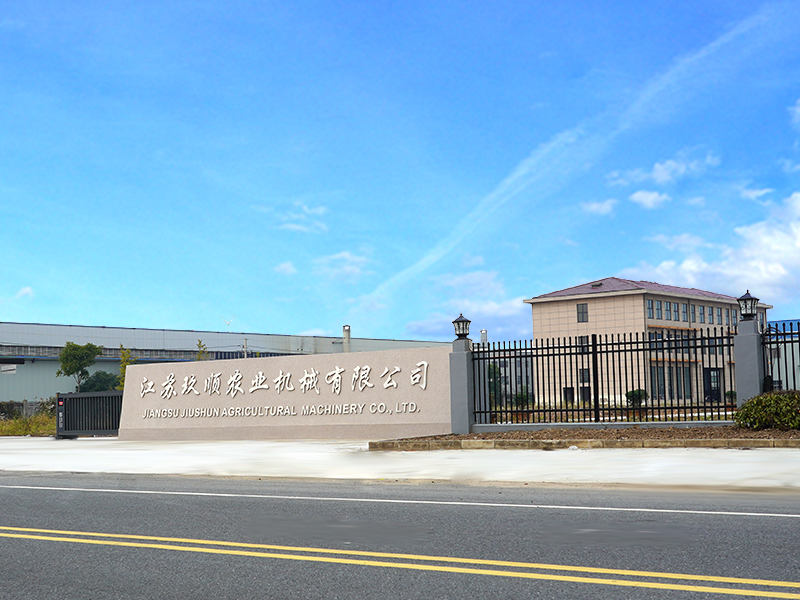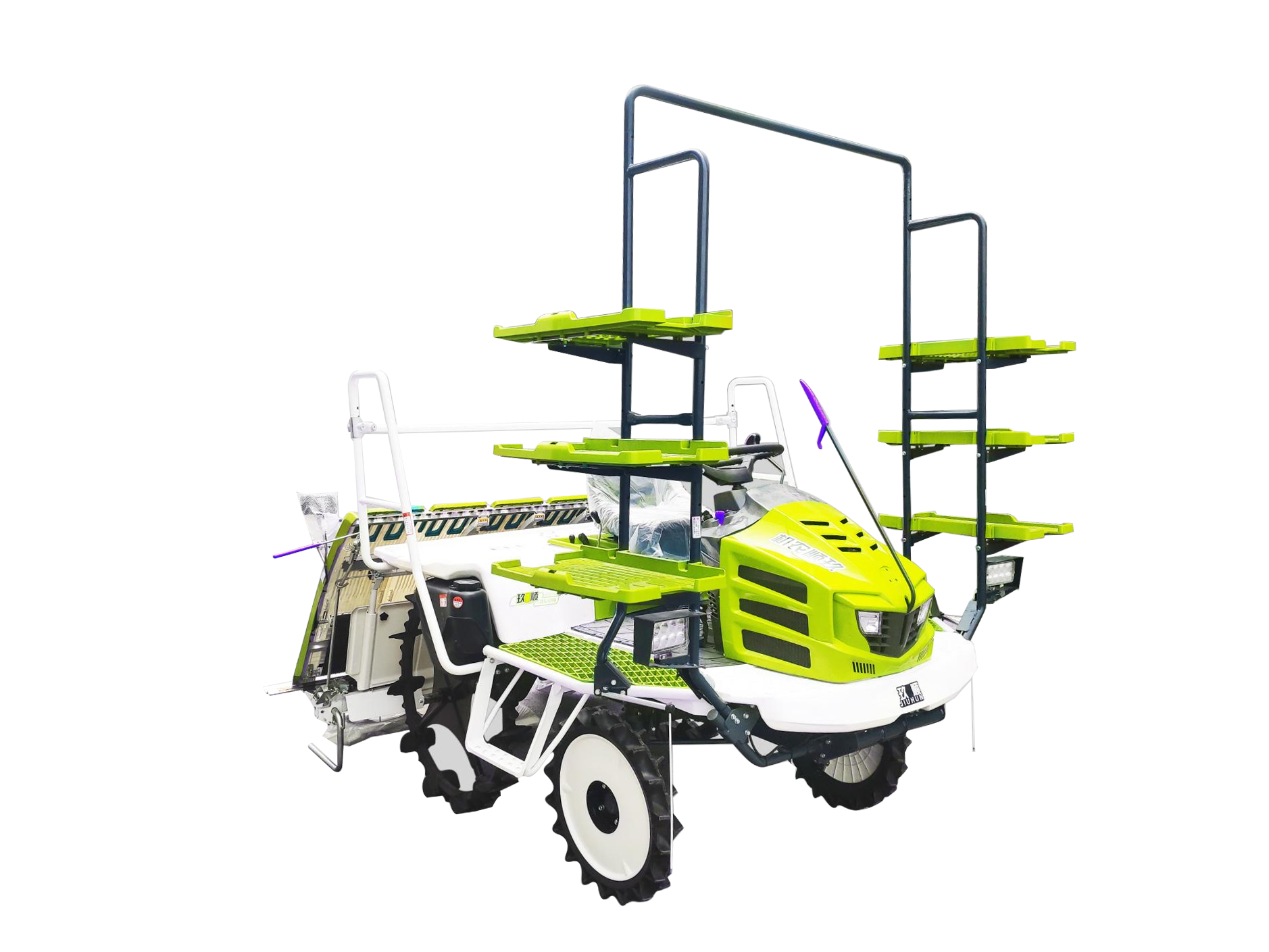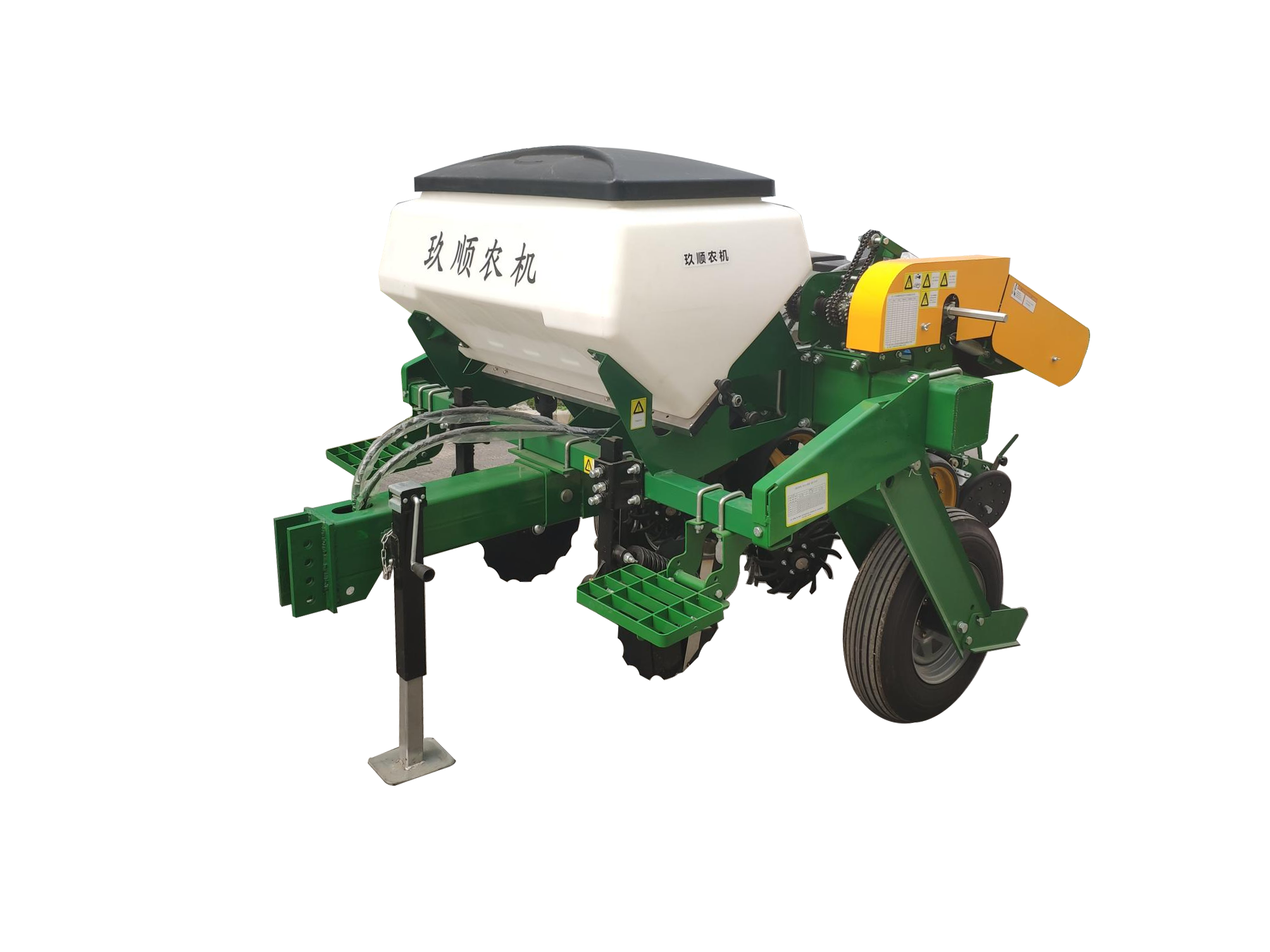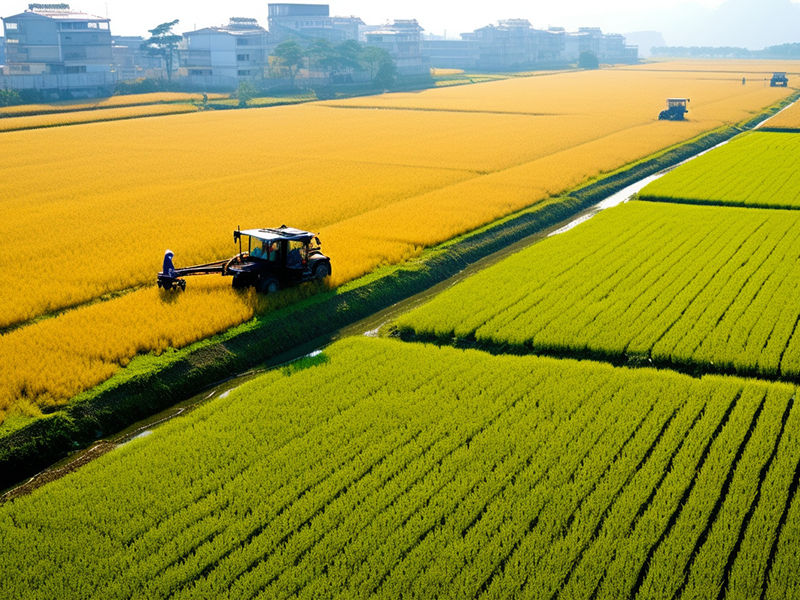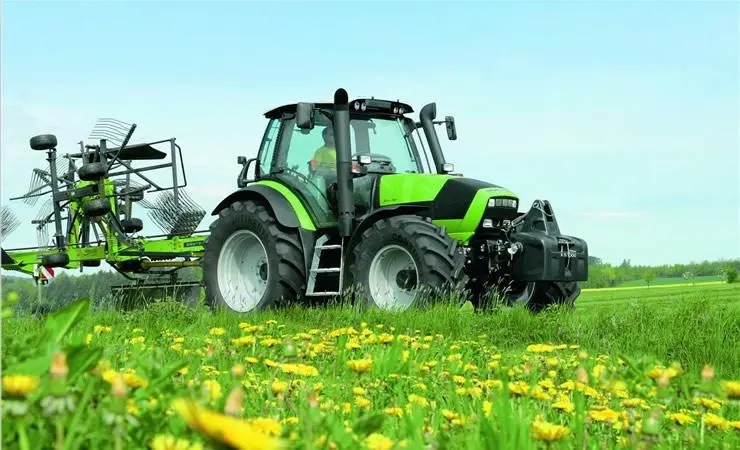You should know about the operating standards and accident handling of agricultural machinery
Regarding illegal loading of personnel on tractors, this phenomenon is quite common and poses significant safety hazards. Here's a reminder: According to Article 55 (2) of the Road Traffic Safety Law of the People's Republic of China, tractors can be used for freight transportation on roads that allow them to pass, but not for carrying people.
Why can't tractors carry people?
Due to the fact that the tractor did not consider the issue of carrying passengers in the carriage during the design and manufacturing process, its structure, performance, safety technology, and other requirements were all proposed for the short distance transportation of agricultural products and goods. For example, the vehicle's lighting signals and safety protection devices did not meet the passenger carrying requirements specified in the national mandatory standards and did not meet the conditions for carrying passengers. Due to the lack of necessary passenger safety seating positions and protective facilities in the tractor carriage, accidents where passengers collide with the vehicle body can easily occur, resulting in passenger injuries. Therefore, tractor drivers should be aware of the hazards of such motor vehicles carrying people, not actively carry people, and actively advise rural residents not to use tractors for transportation.
When a tractor is driving, turning, or turning on uneven or steep roads, it is prone to overturning and causing traffic accidents such as passenger falls. Traffic safety is no small matter. Farmers and herdsmen should start from themselves and refuse to illegally carry people or overload.
Regarding the operating specifications of tractors:
Start up: Before starting the machine, the operator should conduct a comprehensive inspection of the tractor and supporting equipment according to the requirements of the mechanical user manual. The maintenance and repair should ensure that the machine is put into operation in good technical condition, achieving the goals of efficiency, quality, low consumption, and safety.
Starting: When starting, the handbrake must be applied and effectively braked, with the gear in neutral. The operating essentials of the clutch pedal are one fast, two slow, and three linkage. Quickly press the pedal when starting to press it; When the clutch is semi linked (the most intuitive manifestation is a significant change in the engine's sound), the pedal lifts slightly slower; Slowly lift the pedal from semi linkage to full engagement. Push the gear from neutral to first gear (according to the instructions for different models), release the handbrake, and gradually increase the throttle according to the engine resistance as the clutch pedal is lifted.
Shift: When shifting gears while driving, the clutch pedal should be quickly pressed and lifted, and there should be no semi linkage phenomenon, otherwise it will accelerate the wear of the clutch. When shifting, pay attention to the coordination and coordination of throttle size.
Braking: When driving, try not to press the clutch pedal for braking in all other situations, except for low-speed braking and parking where the clutch pedal needs to be pressed. The control method for braking and stopping during low-speed driving is to first press the brake pedal, then press the clutch pedal to make the tractor stop smoothly and apply the handbrake. Long term parking requires turning off the engine.
Operation: When working in the field, especially in hilly areas, due to the small area of the land, the operating machinery is "high and wide", the rear view is unclear, and the surrounding terrain environment is complex. During operation, it is easy to cause harm to the personal safety of surrounding personnel, and even casualties. Therefore, it is best to follow a safety assistant when conducting field operations, standing outside the safe area of the work site, and observing the operation of the working machinery. The purpose is to prevent accidents in agricultural machinery operations, timely remind agricultural machinery operators to stop operations, help tipping machine operators get rid of danger and emergency rescue, and effectively prevent or reduce the occurrence of agricultural machinery accidents.
Plowing operation
The plow type plow is the main type of agricultural machinery in the northern region, and plowing operations should be carried out according to the following operating standards:
When cultivating land, the cultivated land should be inspected and planned, with a clear understanding of the attachments above and below the ground. If conditions permit, clear signs can be made using locally sourced materials, and safe turning areas should be marked to ensure safe driving during operations. When plowing on the land, remember not to forcefully press the accelerator while lowering the plow and refueling the door. When hanging and dropping a plow, it is generally necessary to rely on the self weight of the plow to enter the soil, and do not use hydraulic force to force it into the soil to avoid damaging the equipment. When turning the plow to the top of the field, the plow should be raised first and then turned to avoid damaging the machinery. When turning, observe the surrounding conditions and slow down to prevent rollover accidents. When there is an increase in grass blocking resistance on the plowshare in the cultivated land, the vehicle should be stopped and turned off to remove debris. When transferring operations across nearby land parcels, the plow should be raised and fixed first, the limit chain should be tightened, and then driven at low speed to the working land parcel.
Seeding operation
During the sowing operation, the unit is not allowed to turn or reverse when the trencher is in the soil state. It is strictly prohibited to adjust and maintain the suspended seeder when it is in the raised state. Adding seeds, fertilizers, and other work must be carried out after shutdown. During the operation, it is prohibited for operators to touch the seed wheel and fertilizer tray with their hands. When there is too much clay or grass entanglement in the working and transmission components, the engine must be turned off and stopped for cleaning. It is strictly prohibited to clean them by hand during operation. When sowing mixed medicinal seeds, staff should wear protective equipment such as goggles, masks, and gloves. When transferring land plots, the seeder must be lifted to the transportation state and securely fixed. High speed driving is not allowed during transportation. When parking the unit, the seeder should be landed on a flat ground and should not be parked in a suspended state.
What should be done after an accident occurs?
According to the Regulations on the Supervision and Administration of Agricultural Machinery Safety and the Measures for Handling Agricultural Machinery Accidents, traffic accidents caused by agricultural machinery on the road shall be handled by the traffic management department of the public security organ in accordance with road traffic safety laws and regulations; If an agricultural machinery accident occurs outside the road, the operator and other personnel on site should immediately stop the operation or transfer of agricultural machinery, and protect the site.
If personnel injury is caused, it shall be reported to the competent department of agricultural mechanization in the place where the accident occurred; If death is caused, it shall also be reported to the local public security organ where the accident occurred. The competent department of agricultural mechanization shall prepare and complete the agricultural machinery accident recognition certificate within 10 working days. The parties involved may submit a written mediation application to the competent department of agricultural mechanization. If an agreement cannot be reached through mediation or if the parties file a lawsuit with the people's court, the competent department of agricultural mechanization shall terminate the mediation and notify the parties in writing. Agricultural machinery operators or their families need to properly keep disease diagnosis certificates, medical expense invoices, and related expense receipts in order to have sufficient evidence for litigation and rights protection.
- Summer Agricultural Machinery Maintenance Tips
- The 5G era has arrived, and the development of smart agriculture will usher in a climax
- Why did the harvester catch fire? How to prevent and respond?
- Further mention of mechanization issues such as hilly and mountainous areas and belt compound planti
- What are the relevant precautions for the cross regional operation certificate of agricultural machi

